We may earn money or products from the companies mentioned in this post. This means if you click on the link and purchase the item, I will receive a small commission at no extra cost to you ... you're just helping re-supply our family's travel fund.
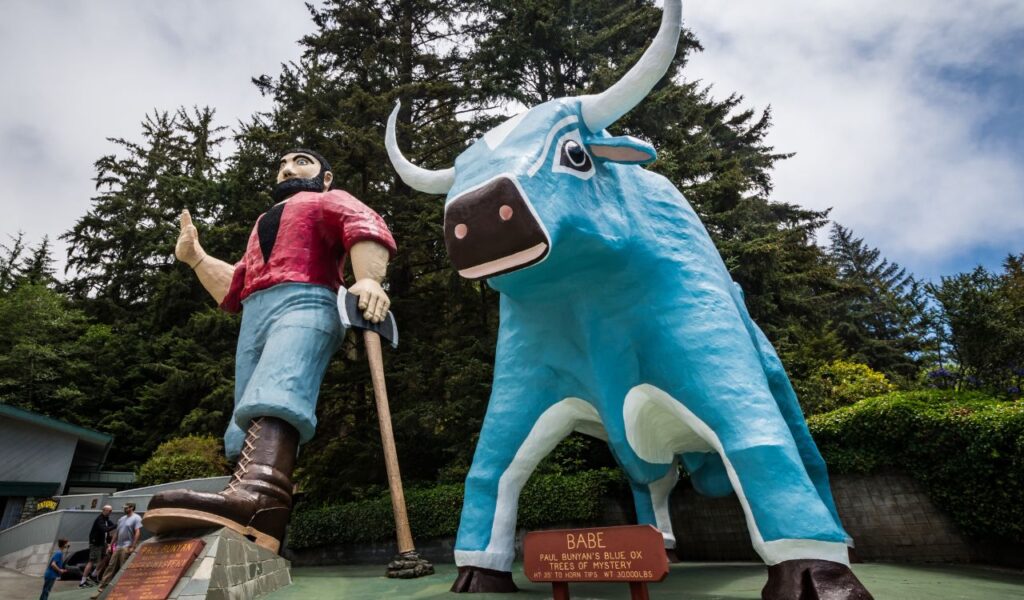
America’s roadside heritage blends whimsy, grit, and myth into unforgettable stops that reward curious travelers. From 19th-century novelties to Route 66 legends and folk art landmarks, these places turn quick detours into lasting memories. Each stop offers a story, a photo, and a glimpse of the culture that shaped our highways. Whether chasing nostalgia or discovery, these 15 historic roadside attractions are still worth the pause, the snapshot, and the sense of wonder they spark.
Lucy the Elephant
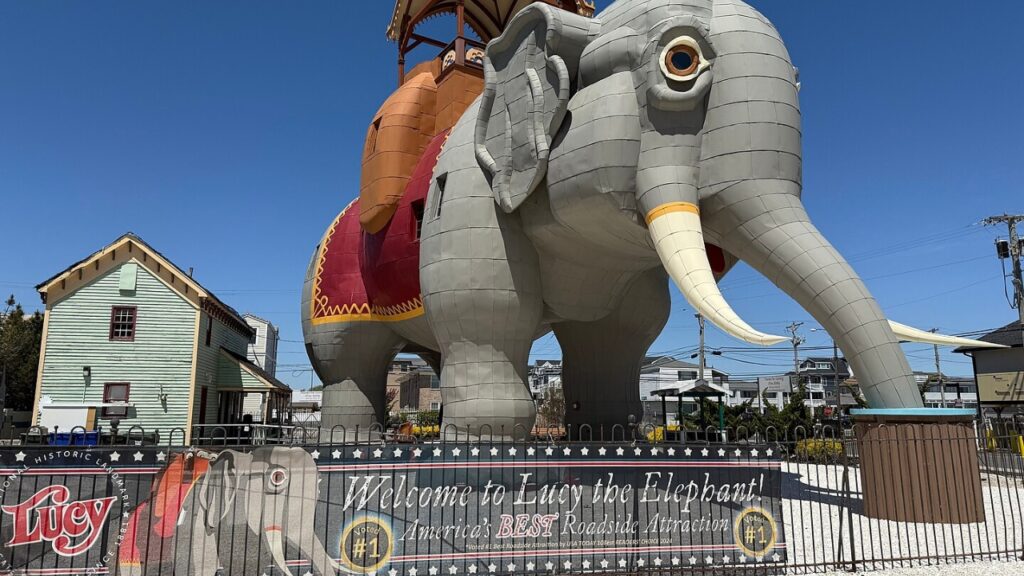
Raised in 1882 as a spectacular sales pitch, Lucy the Elephant towers six stories above the Jersey shore, a charming survivor of novelty architecture. Restored with care and recognized as a National Historic Landmark in 1976, she invites visitors to climb into the howdah for sweeping ocean views. Lucy’s magic is equal parts engineering and imagination, a reminder that bold ideas once pulled travelers off the road with pure curiosity and delight.
The Corn Palace
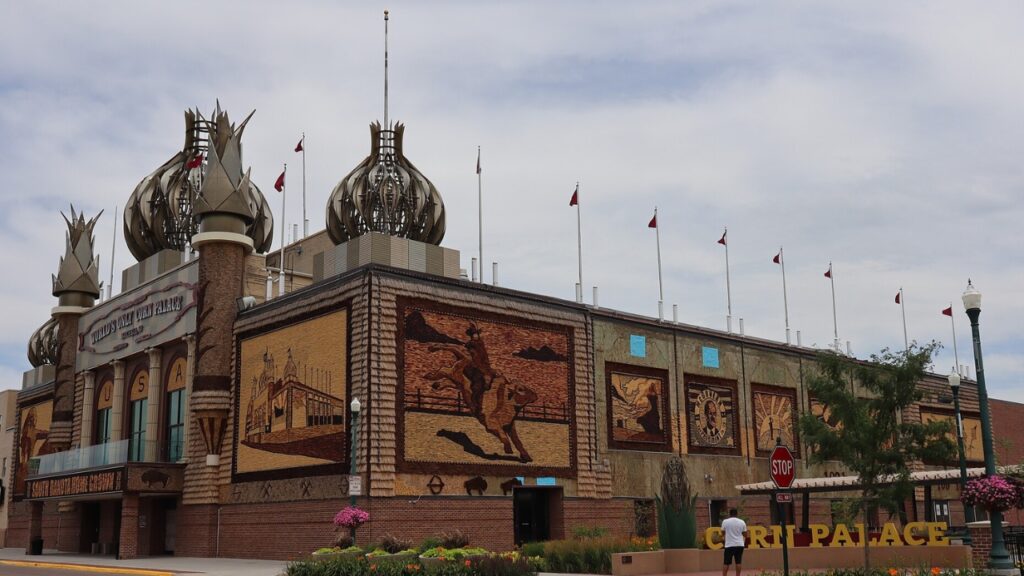
Mitchell’s Corn Palace is a living canvas where artisans transform the facade each year with murals made of corn and grains. First built in 1892 to celebrate agriculture, the palace blends festival energy with civic pride. Inside, concerts and community events keep the space vibrant. The yearly refresh sparks return visits and underscores a simple truth. Spectacle meets craftsmanship here, turning a prairie town into a perennial stop for road trippers and families.
Paul Bunyan and Babe
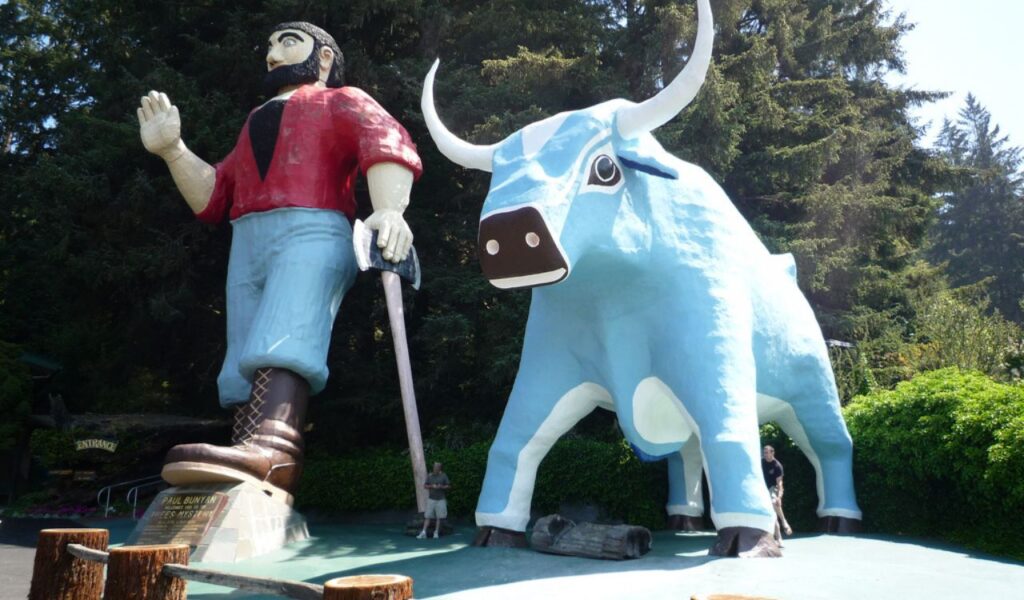
Bemidji’s towering Paul Bunyan and Babe statues, unveiled in 1937, helped launch America’s love of oversized roadside icons. Rooted in logging lore and local identity, they turn a lakeside promenade into a celebrated photo stop. Their appeal endures because the story is clear and the scale is irresistible. The pair distills a myth into concrete charm, proving that a larger than life figure can make a small town feel like a destination worth planning for.
Wigwam Motel
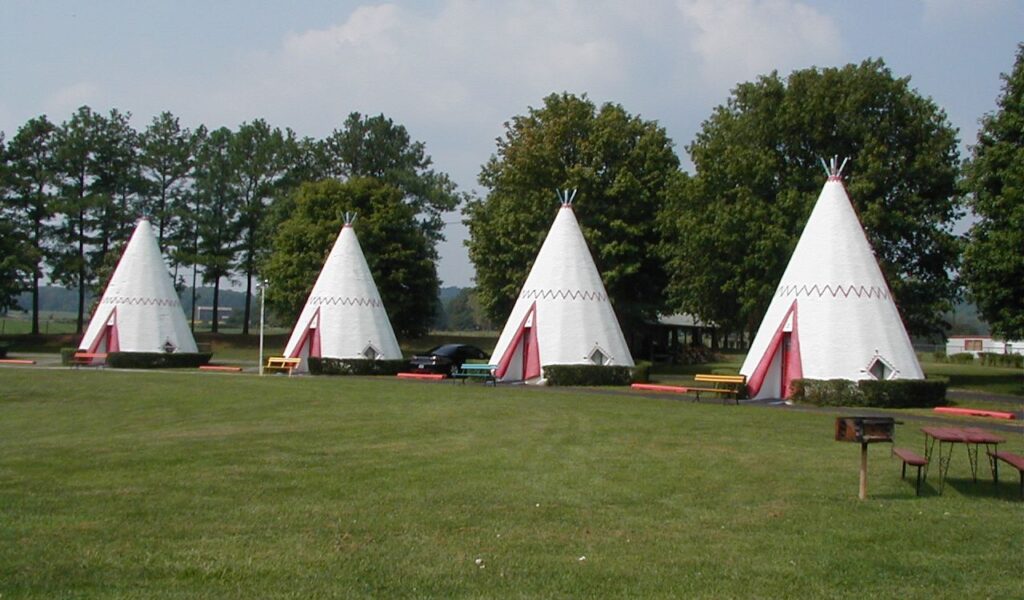
Along storied Route 66 in Holbrook, the Wigwam Motel preserves the joy of novelty lodging where guests sleep in concrete teepees under desert skies. Neon glows at dusk, classic cars pose by the doors, and the motor court layout evokes a friendlier era of travel. Part of a once wider chain from the 1930s to the 1950s, it offers a playful time capsule. The result is nostalgia made tangible, welcoming travelers to pause and dream.
Wall Drug
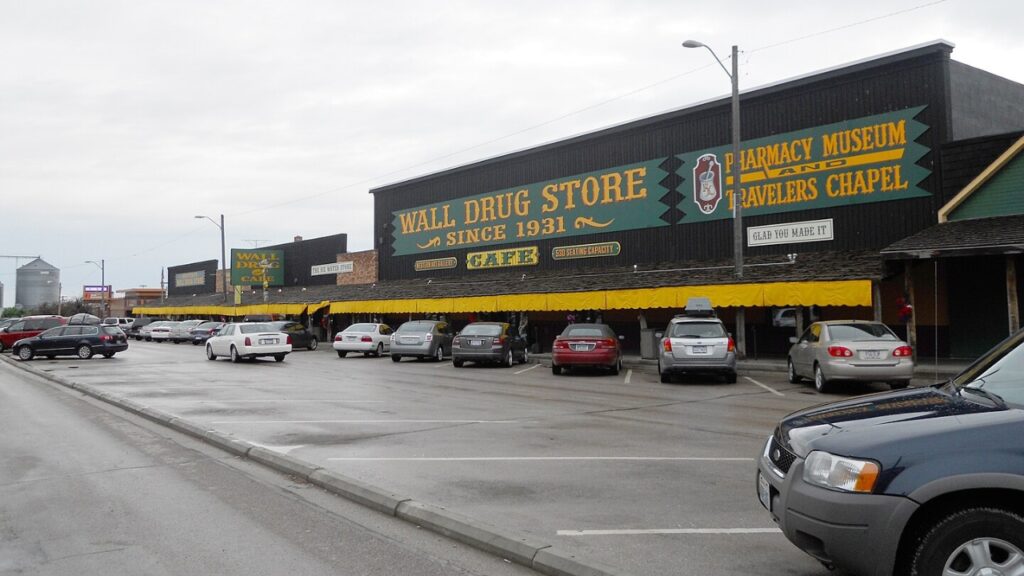
Wall Drug began in 1931 with a simple promise of free ice water and became a sprawling roadside institution powered by billboards, hospitality, and grit. The ice water billboard blitz took off in 1936, amplifying its reach to travelers on the plains. Visitors come for Western kitsch, a giant jackalope, and old-time photos, and stay for the story of a modest pharmacy that found its voice. A dusty crossroads became a can’t-miss stop.
Cadillac Ranch
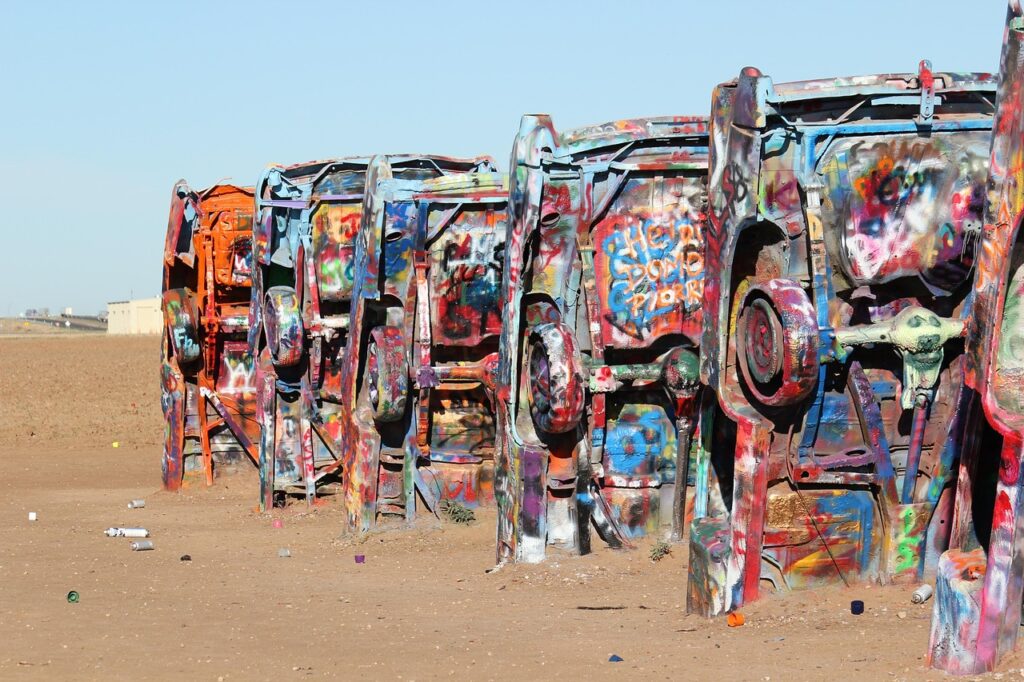
Outside Amarillo, ten Cadillac tail fins rise from the prairie, a participatory artwork that changes with every spray of paint. Since 1974, travelers have added colors, names, and messages, layering their visit into the installation itself. The result is equal parts car culture tribute and community canvas. Under the big sky, the silhouettes feel playful and poignant. It is an open invitation to be part of the story and leave a mark that will soon evolve.
The Blue Whale of Catoosa
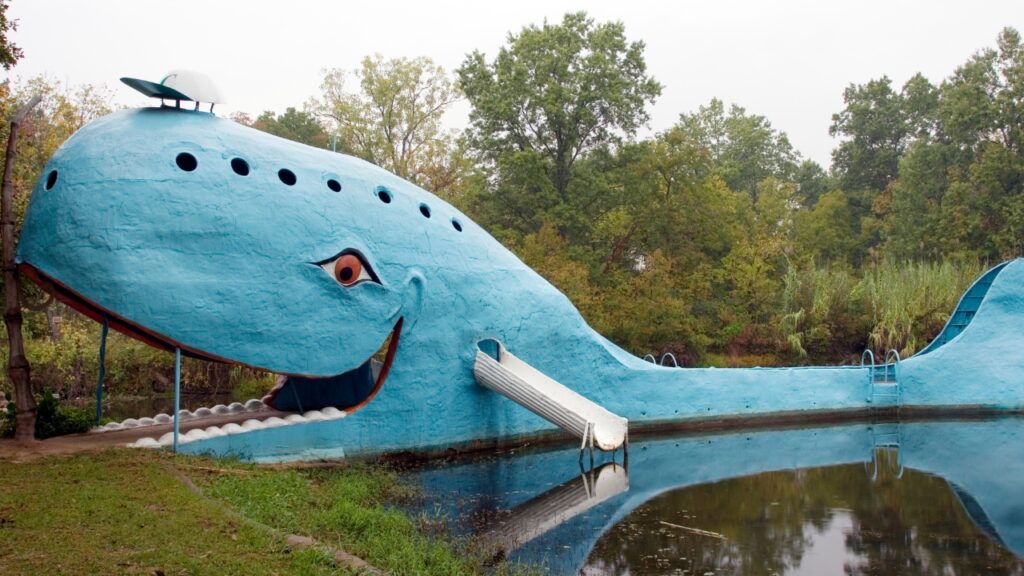
Built in the 1970s as a heartfelt anniversary gift, the Blue Whale quickly became a Route 66 favorite with a grin that welcomes families to linger. Once the centerpiece of a swim park, the hand built sculpture still radiates homemade charm. Shaded picnic spots and easy photo angles make it an effortless stop. The whale shows how kindness and creativity can turn a small idea into a beloved symbol of roadside joy.
Carhenge
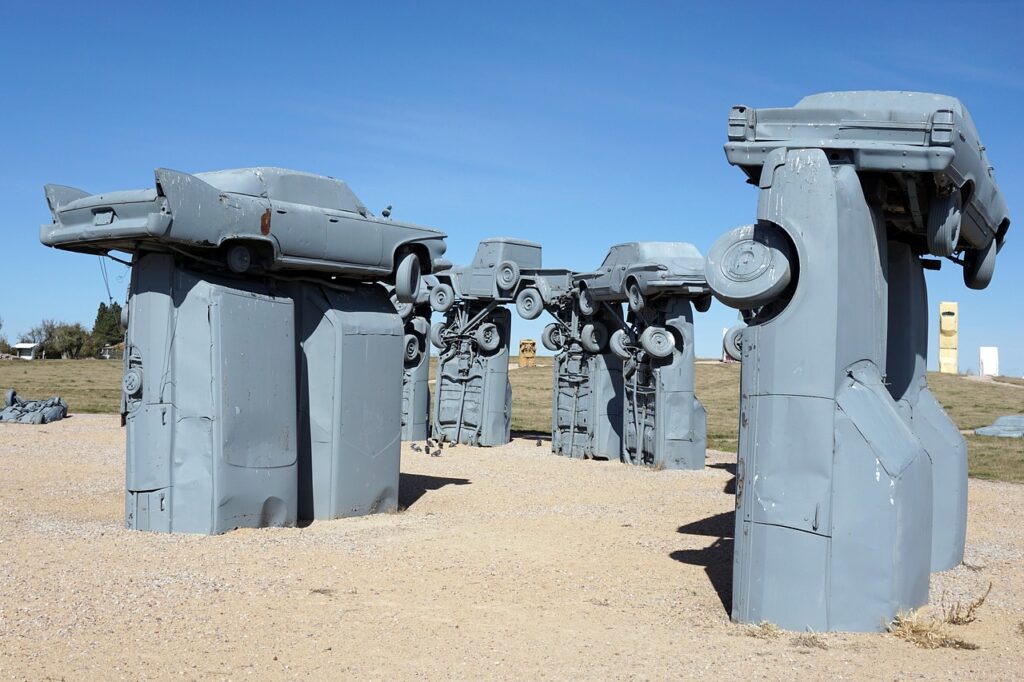
Carhenge reimagines Stonehenge with vintage automobiles arrayed in a precise circle on the Nebraska plains. Created in 1987, it blends parody, homage, and conceptual art into a witty frontier statement. Painted and posed against an endless horizon, the cars become megaliths that surprise and delight. Additional installations extend the theme, turning pasture into sculpture park. The site invites both laughter and reflection and rewards a lingering walk among the forms.
Madonna Inn
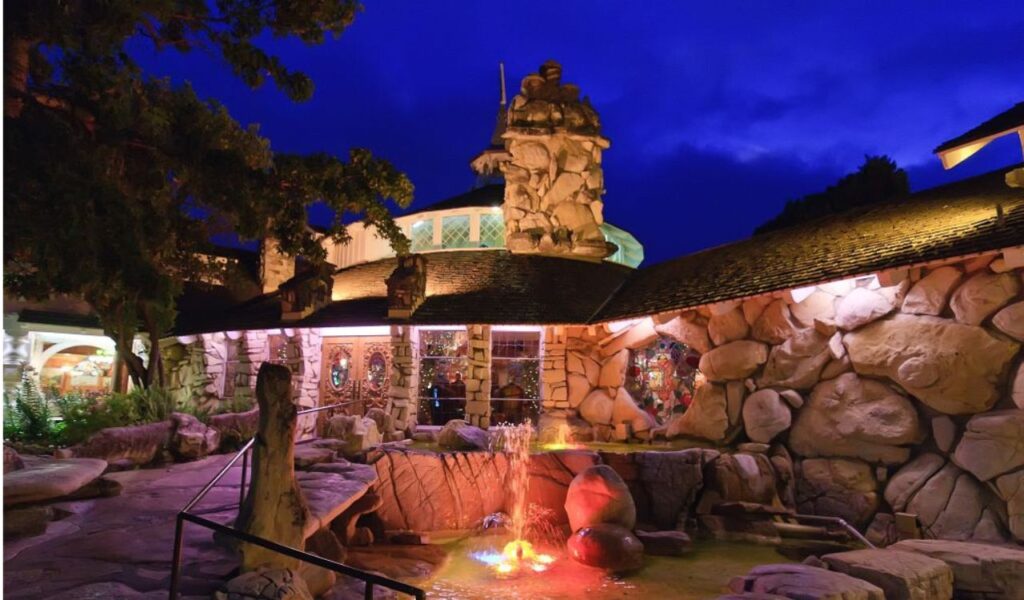
Opened in 1958, the Madonna Inn revels in exuberant design where pink hues, rock walls, and wildly themed rooms make every corner feel theatrical. It is mid century optimism translated into hospitality. Guests dine, dance, and wander through a playful dreamscape that still favors craftsmanship over trend. The effect is transporting. This landmark is part hotel and part love letter to travel, reminding visitors that comfort and whimsy can share the same key.
Mystery Spot

Since 1940, the Mystery Spot in Santa Cruz has made visitors question their senses inside a tilted cabin where balls appear to roll uphill. Guided tours deliver a mix of optical illusion and showmanship that turns skepticism into wonder. The space is small, the detour brief, and the memory outsized. This simple formula sparked a wave of vortex attractions. It remains a classic example of roadside ingenuity that delights all ages.
Salvation Mountain
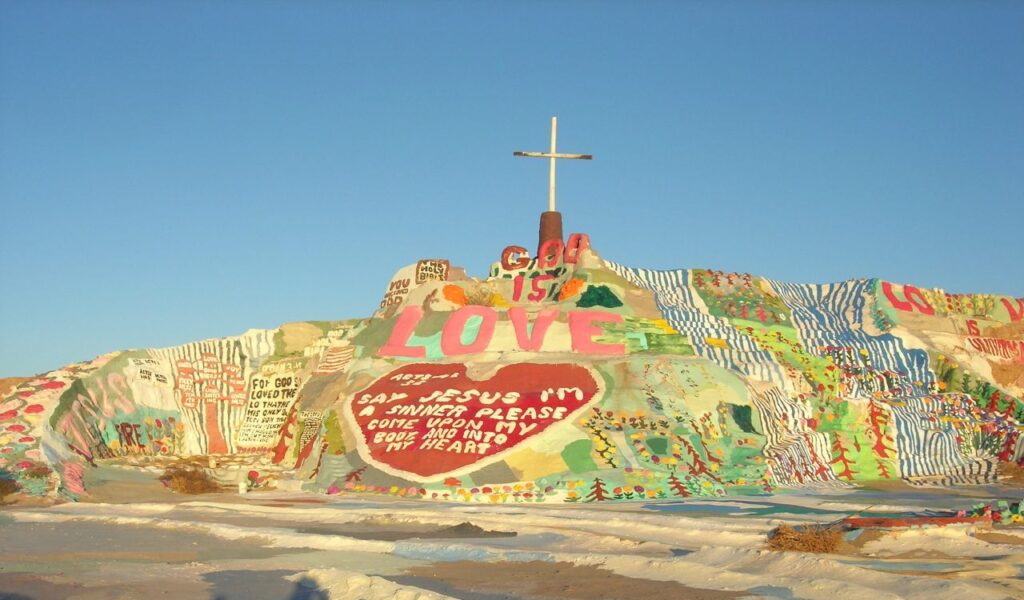
In the desert near the Salton Sea, Salvation Mountain rises in radiant colors, a folk art masterpiece built by Leonard Knight from adobe, straw, and paint. Begun in the 1980s, it carries a message of love and devotion through hand painted paths, phrases, and alcoves. The setting feels both intimate and vast. Visitors wander and reflect as the sun lights the pastel surfaces. It is a testament to perseverance and the power of personal vision.
Hole N The Rock
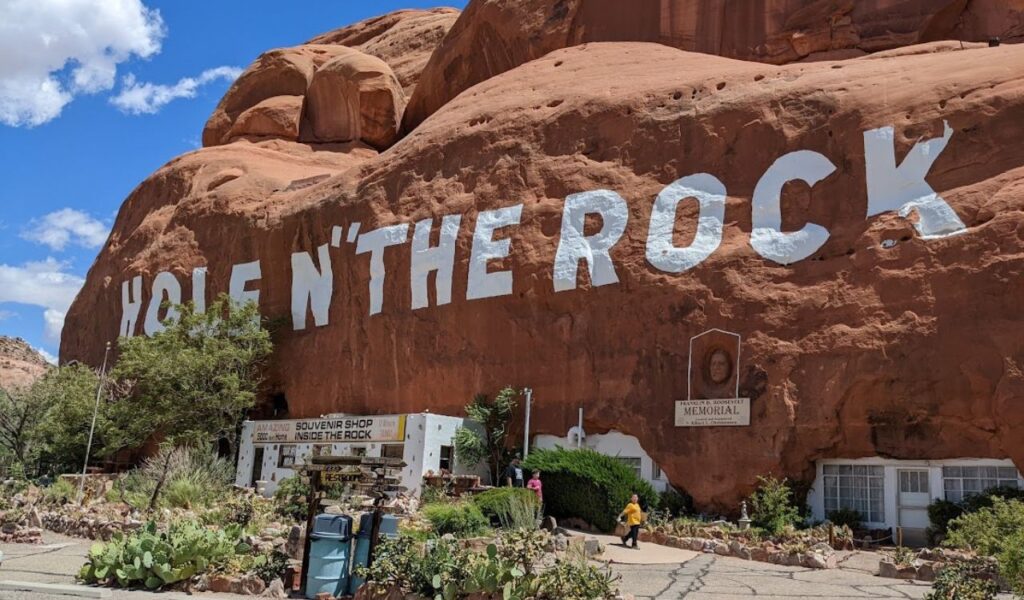
Just south of Moab, a 5,000 square foot home carved into sandstone tells a remarkable story of resourcefulness. Expanded in the 1940s, the cliff dwelling evolved into a roadside attraction with tours, carvings, and curios. The rooms reveal ingenuity in cool stone. Outside, quirky sculptures and a memorable facade invite photos. It is part homestead history and part desert spectacle, turning a quick stop into a surprising look at life carved from rock.
Enchanted Highway
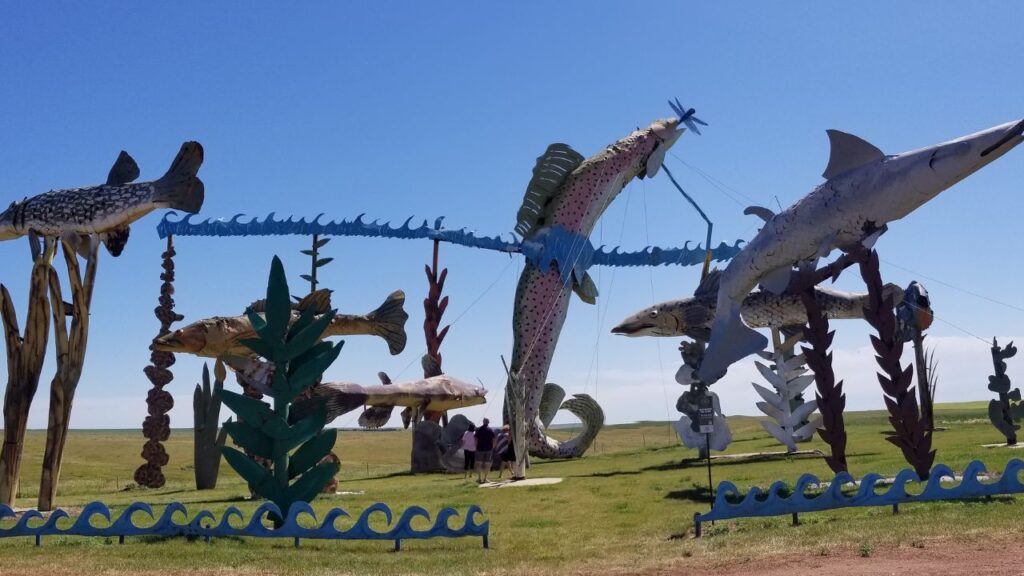
To revive a quiet North Dakota town, artist Gary Greff began lining miles of roadway with colossal scrap metal sculptures in 1989. Geese soar, fish leap, and grasshoppers tower over fields, turning a prairie drive into an open air gallery. Each piece beckons the next, making the journey itself the destination. The project shows how one person’s vision can reshape a map and pull travelers off the interstate to rediscover the joy of the long way.
Petrified Forest and Route 66
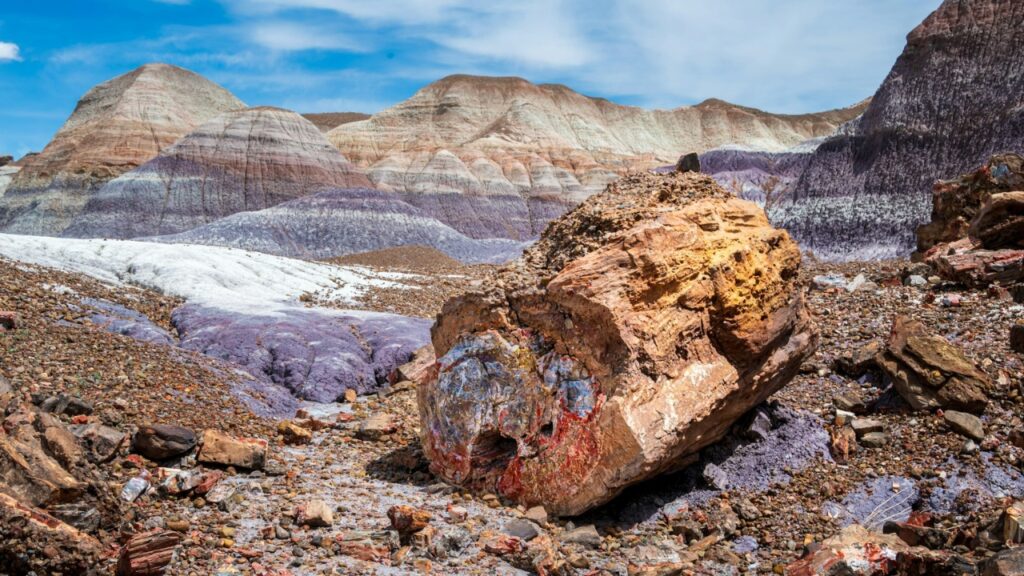
In Petrified Forest National Park, ancient fossilized logs and painted badlands share space with subtle traces of Route 66. A 1932 Studebaker photo stop and markers recall the Mother Road that once crossed the park. The pairing of deep geologic time and mid century travel creates a rare perspective on change and endurance. Short walks and overlooks make it easy to savor in a single visit, rewarding both history lovers and photographers.
World’s Largest Ball of Twine
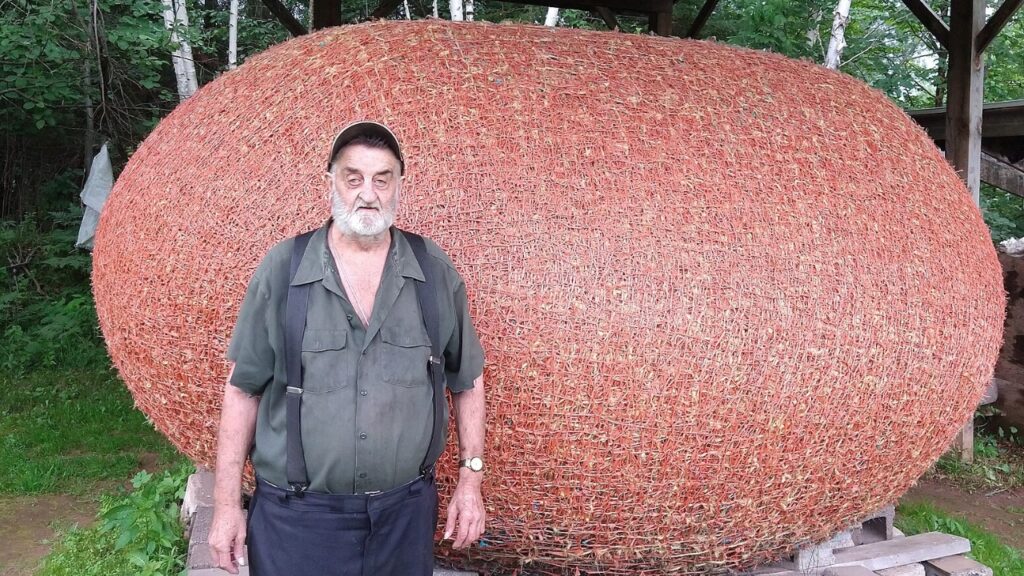
Cawker City’s World’s Largest Ball of Twine began in 1953 and keeps growing through community events that invite visitors to add a strand. Humble at first glance, the sphere captures the friendly spirit of small towns where shared projects become tradition. It is photogenic, participatory, and disarmingly sincere. Stopping here feels like joining a story that will continue long after the car pulls away and the next traveler ties their piece to the whole.